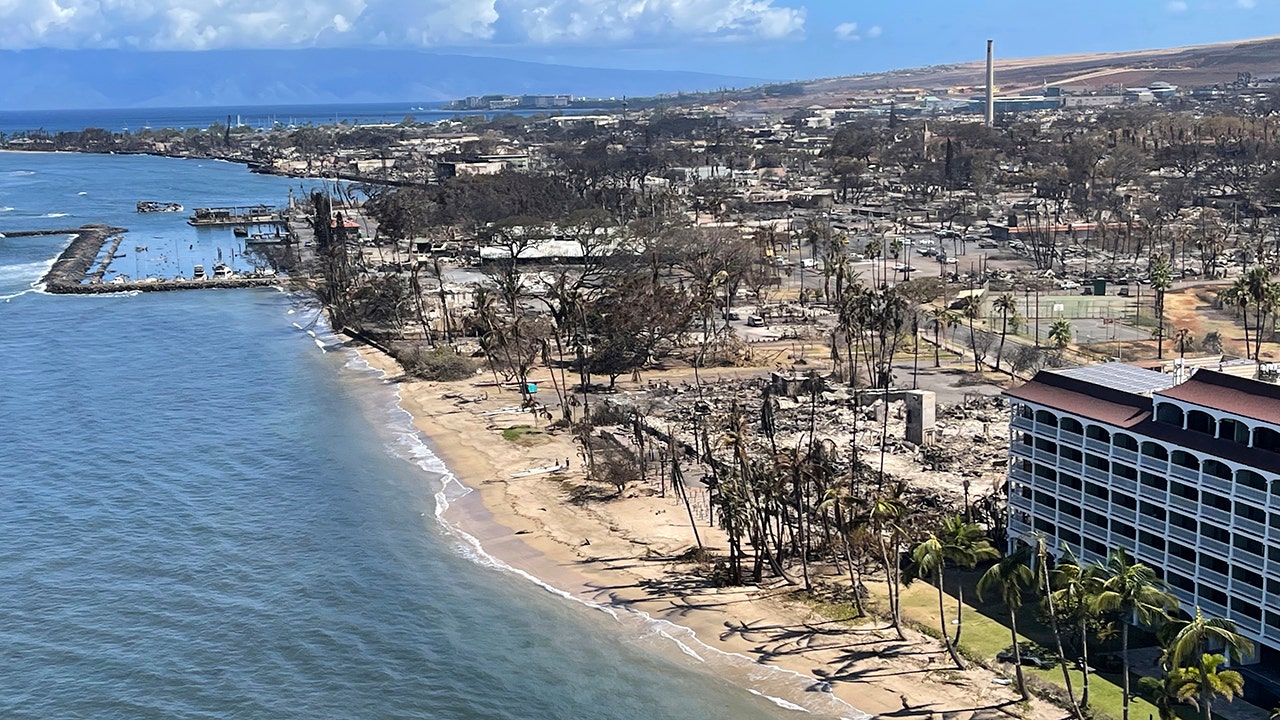There are already a lot of points made in the thread, but the main ones are the notification system didn't work, cellphone coverage is bad over much of the island which contributed to lack of communication, and the geography of that part of Maui and wind.
I was on Oahu during that time, there were extremely high winds for the days previous and during. Of course, high winds make little fires huge in short order.
If you look at the map of Maui, and a fire is coming your way, there isn't a lot of places to go other than the water. Most of the beaches on the Lahaina side of the island have steep drop-offs and the waves were higher than normal due to the unusual prevailing winds.
Frankly, you seem to be making things up. There aren't "wetlands" there, or anything close to wetlands in hardly any part of Hawaii. They were created by volcanic eruptions.
Concrete and asphalt doesn't burn very well and that island isn't very developed. Lahaina had very little new building and still burned to the ground. It was originally the main port for whaling. Larger hotels/resorts have mostly low grass around the entire properties and golf courses.
Description of State’s Wetlands
Hawaii’s wetlands include riverine wetlands, palustrine wetlands (marshes and bogs – including rare
montane bogs), estuarine wetlands (swamps and mudflats), and marine wetlands (intertidal shorelines,
seagrass beds, and tidepools). Hawaii is also host to land-locked systems in porous lava or limestone on
coastal shorelines known as anchialine pools.
Historically, Hawaii contained an estimated 59,000 acres of wetlands. Hawaii has lost over 12 percent of
its original wetland acreage and over 30 percent of its natural lowland wetlands. The remaining
wetlands cover less than three percent of Hawaii’s surface area and provide important functions,
including habitat for plant and animal species endemic to the Hawaiian Islands. Hawaii’s unique
hydrological conditions—heavy rainfall, porous volcanic soil, and steep terrain—create wetlands that
are different from those found in any other region of the United States.
Source: National Association of Wetlands Managers



